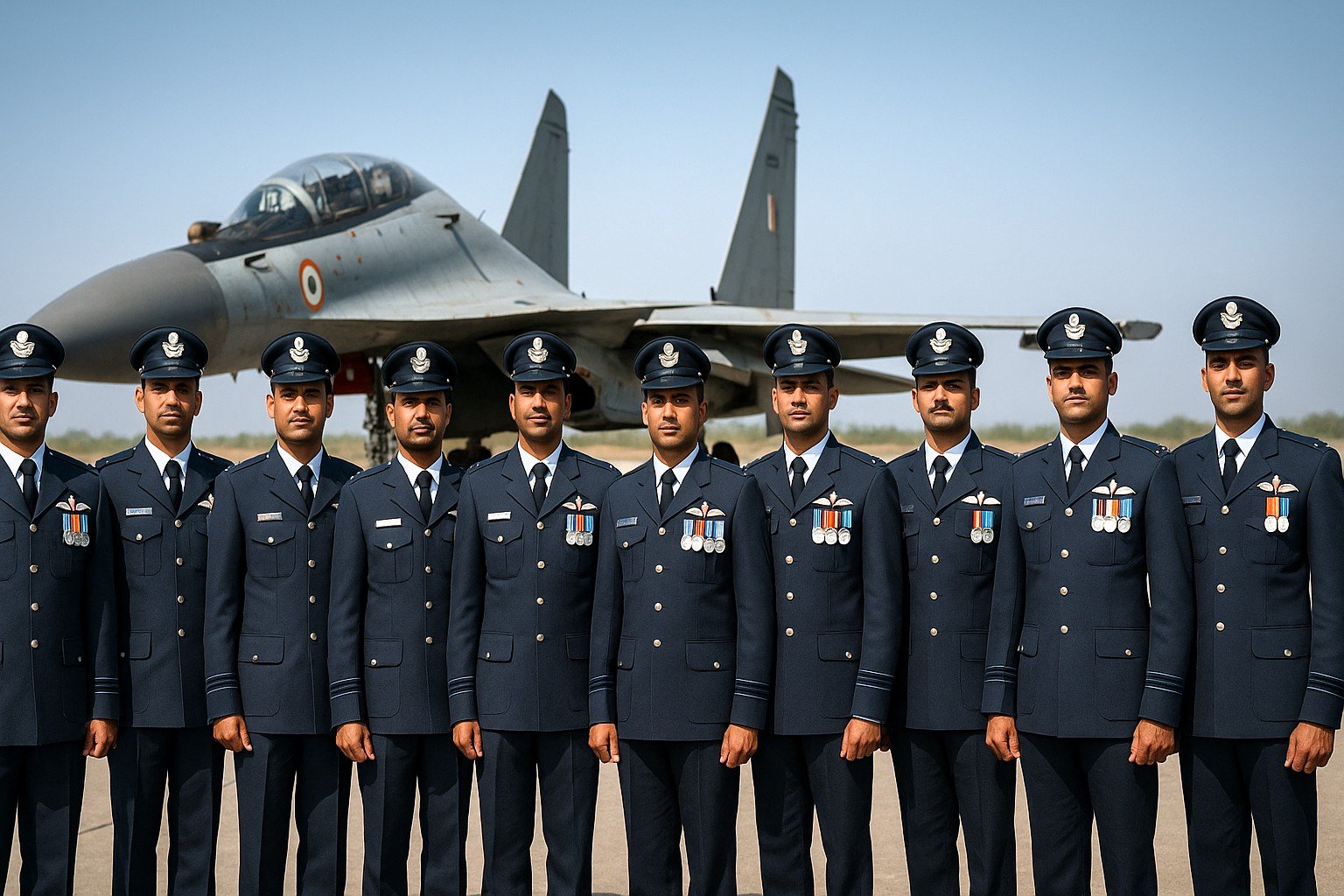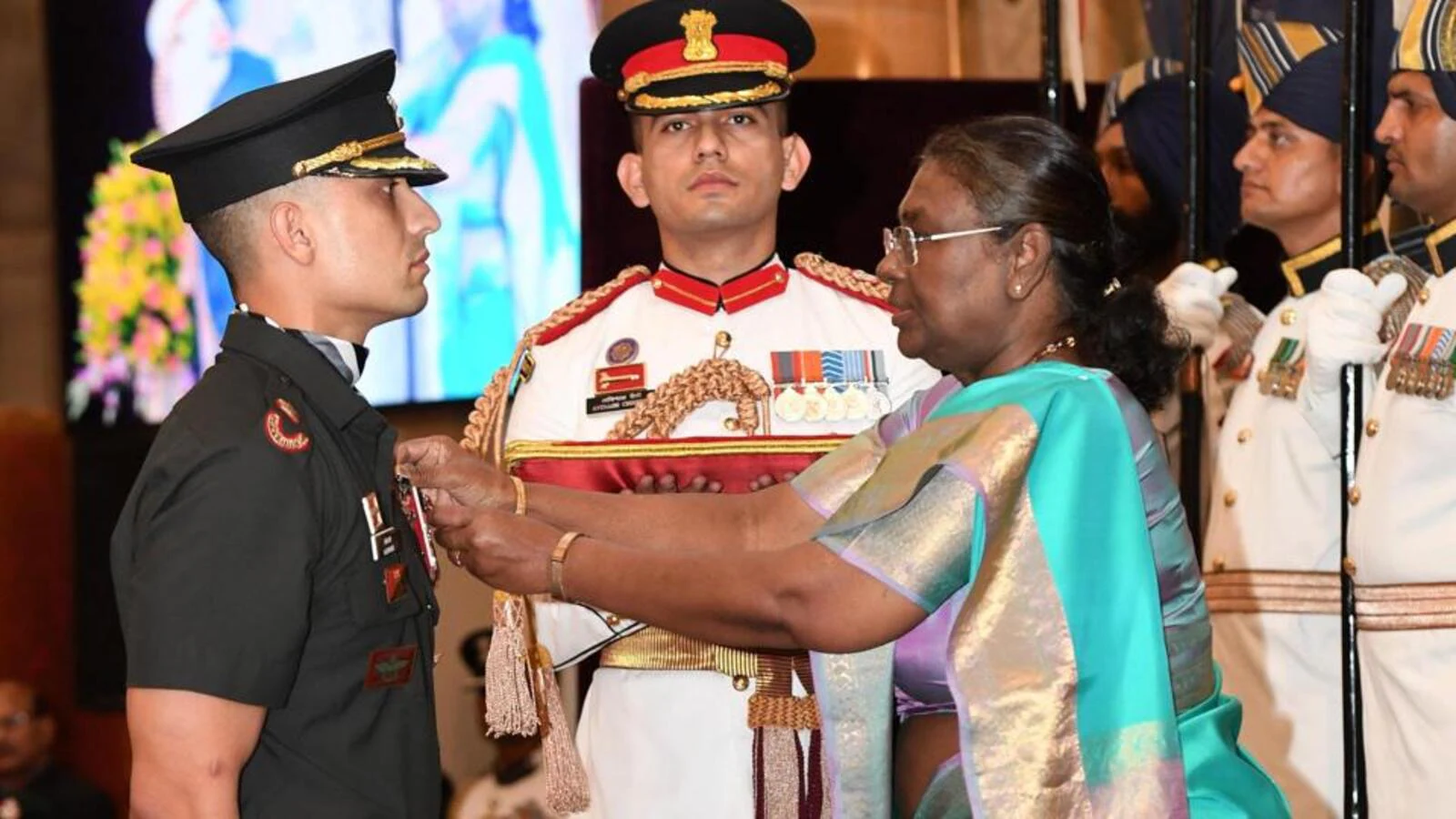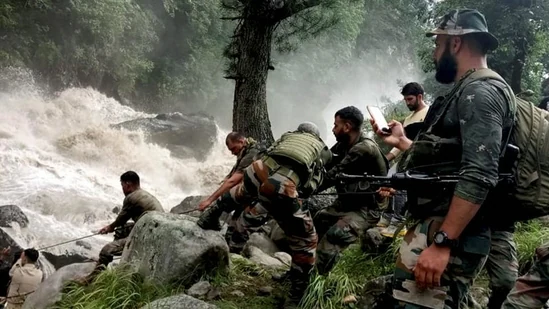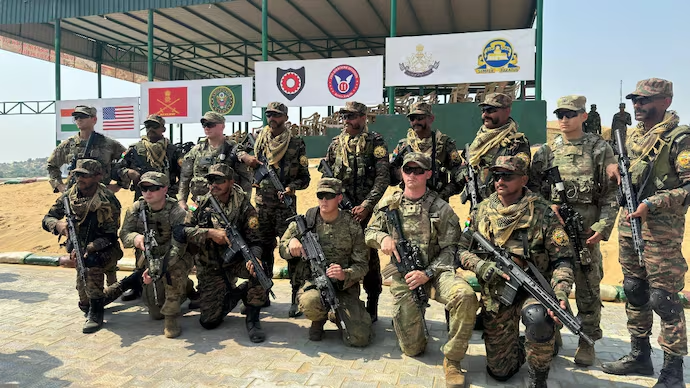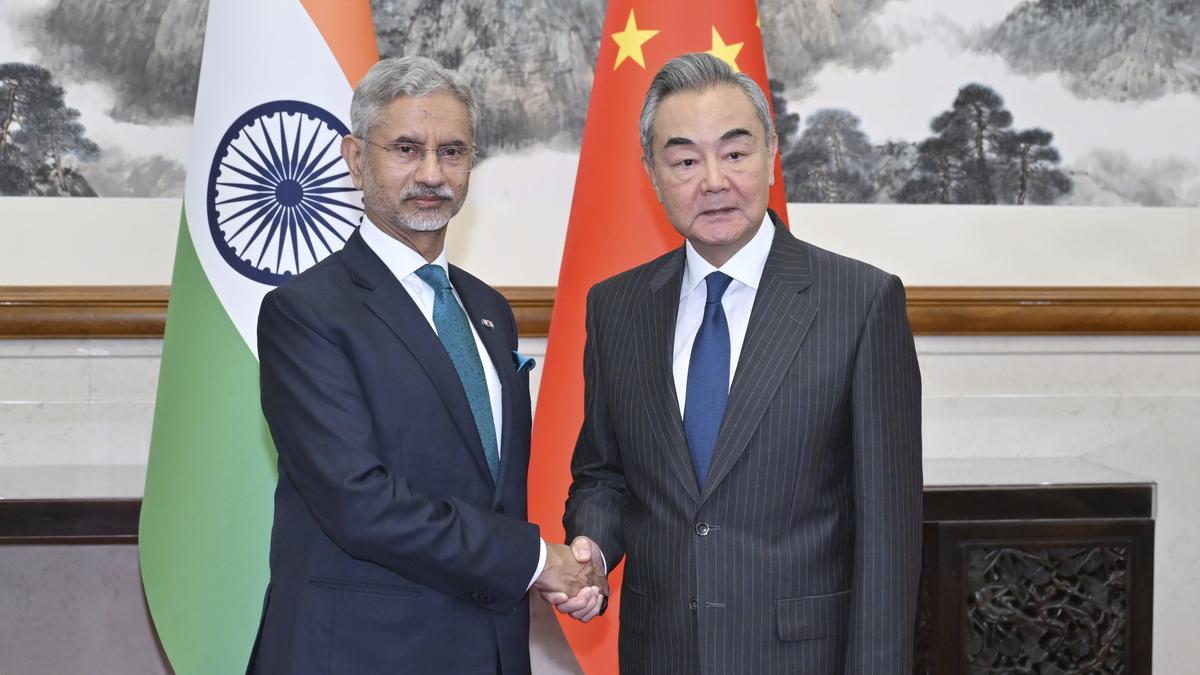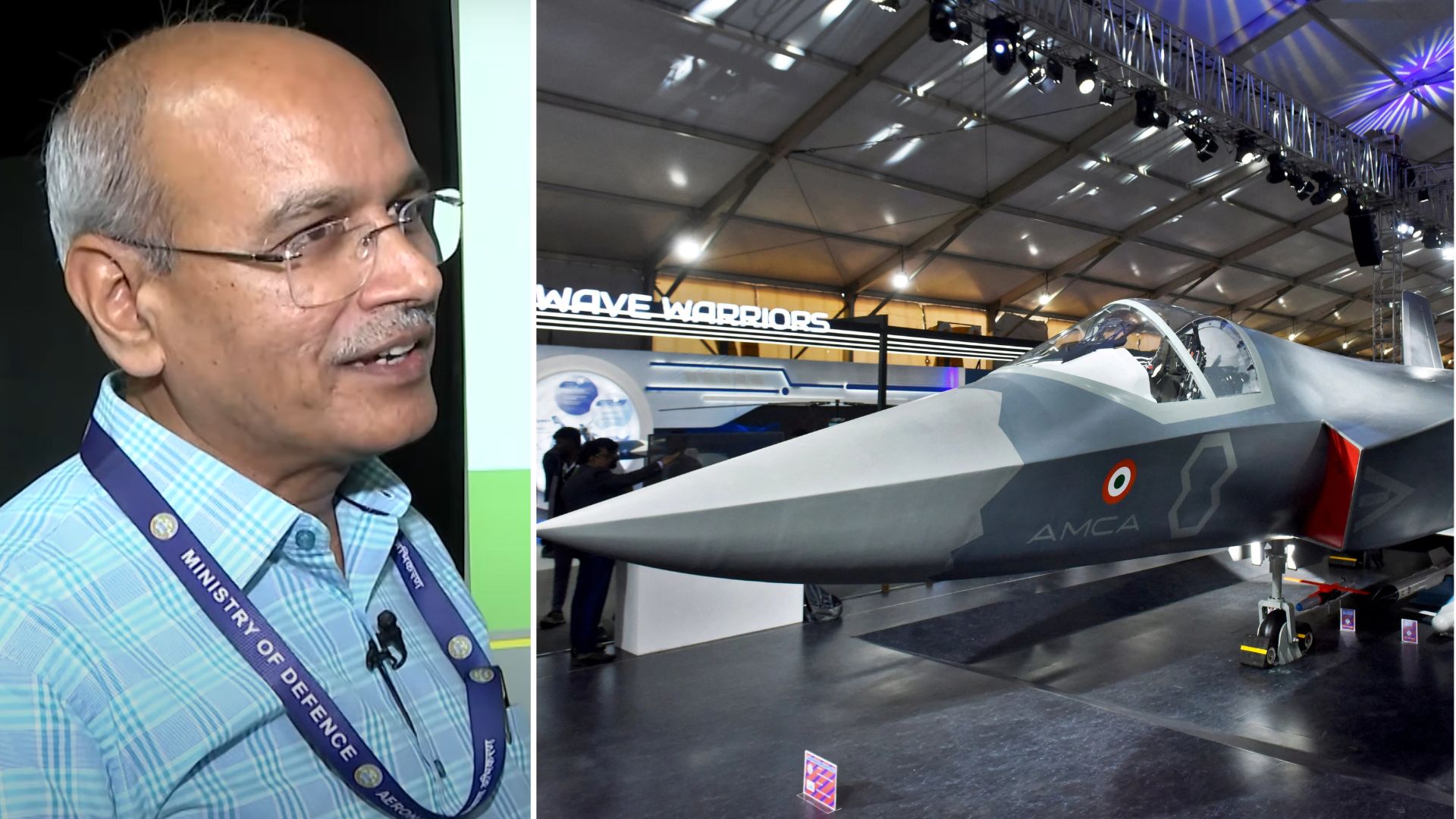9 Indian Air Force Fighter Pilots Awarded Vir Chakra for Operation Sindoor
Launched in early May 2025 in response to the brutal Pahalgam terror attack, Operation Sindoor was a decisive aerial campaign…
Honorary Ranks List Independence Day 2025 (Honorary Captain and Honorary Lieutenant)
As the nation celebrates Independence Day 2025, a day of pride, unity, and remembrance of the sacrifices made for India’s…
Indian Army, NDRF and State Agencies Conduct Massive Rescue and Relief Operations After Deadly Cloudburst in Kishtwar
A sudden cloudburst in Honzar village, Kishtwar district has triggered flash floods, killing at least seven people and leaving 19…
India–US to Conduct Largest-Ever Joint Military Exercise ‘Yudh Abhyas 2025’ in September
India and the United States are set to undertake their largest-ever joint military exercise, Yudh Abhyas 2025, from September 1…
Jaishankar to Visit Moscow; Wang Yi to Head to New Delhi Amid India’s Strategic Engagements
India is stepping up high-level diplomatic engagements with Russia and China as uncertainty looms over trade ties with the United…
AMCA Project Director Reveals Key Details of India’s 5th-Gen Stealth Fighter
India’s Advanced Medium Combat Aircraft (AMCA), the country’s indigenous fifth-generation fighter jet, has achieved a major milestone with its primary…

